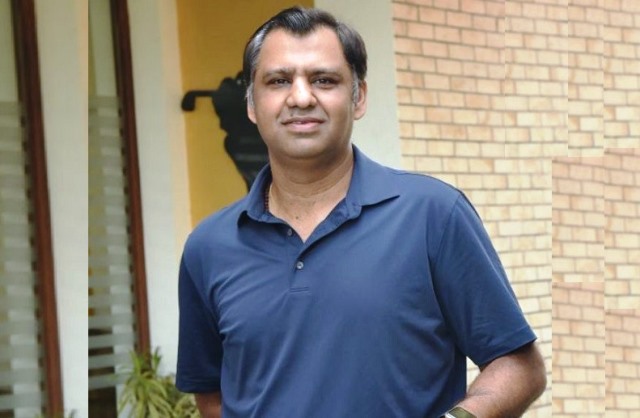Nitin Khanna, a Chartered Accountant based in Lucknow, says the current currency withdrawal is soft demonetisation, not comparable to the 2016 exercise. His views:
Withdrawal of high-denomination notes is a routine exercise the world over and is often used as a measure to curtail black marketing and bring the hoarded currency into formal circulation. We all remember how it created panic in 2016 when both ₹1000 and ₹500 notes were withdrawn, causing much distress to common people. This time, however, the issue is different. Allow me to explain.
First, this time the withdrawal is a soft demonetization process. There is four-month window to exchange the notes which gives ample buffer and breathing space for the exchange. More important, ₹2000 comprises only 10.8 per cent of total printed currency in circulation as the printing of this highest-value legal tender was stopped in 2018-19. So, considering the long period for exchange and the low volume of notes soften the process.
Besides, the poor masses hardly keep such high-value currency notes in hand while the middle class has them in small volumes. So, the only section which may feel the pinch is the hoarders of large amount of cash for transactions outside the ambit of taxation. Thus in the end it will only benefit our formal finance sector.
ALSO READ: No Need To Rush For Exchange, Advises RBI
The cash component is used mostly for high-value real estate transaction or in sale and purchase of precious metal and stones. This is the reason, that there was a sudden spurt in real estate or jewelry shops transactions soon after the announcement of ₹2000 note withdrawal. Being a Chartered Accountant, I noticed this myself. So, the unaccounted currency is being pushed into formal circulation. This is a good sign for the economy.
On the lighter note, the move is bound to bring more income tax litigations for professionals like us. As I mentioned transactions have shot up from the minute the RBI declared the withdrawal. Individual fresh sales of ₹2-3 crore against available cash balance are being reported every day. This means more work for CAs and finance professionals. There are still pendency related to tax litigations from the demonetization of 2016 and now this fresh ‘outbreak’. You see we have more work at hand now.
One negative aspect of this announcement is that many shopkeepers are refusing to accept ₹2000 notes though there are some cases where shops-owners are welcoming customers with offers to use the same currency notes. But overall, the Reserve Bank of India has laid down very lenient process for exchange and re-use of these notes. So for the common man, there is little to worry about.
People must realize that every currency note has an expiry date or value period. This is particularly true for the high-value denomination. It is thus desirable to use digitized or formal procedures while making high-value transactions in a sale or purchase deal. Taxations reforms will continue to create hardships for black marketers and tax-evaders.
As told to Rajat Rai
Read More: lokmarg.com
